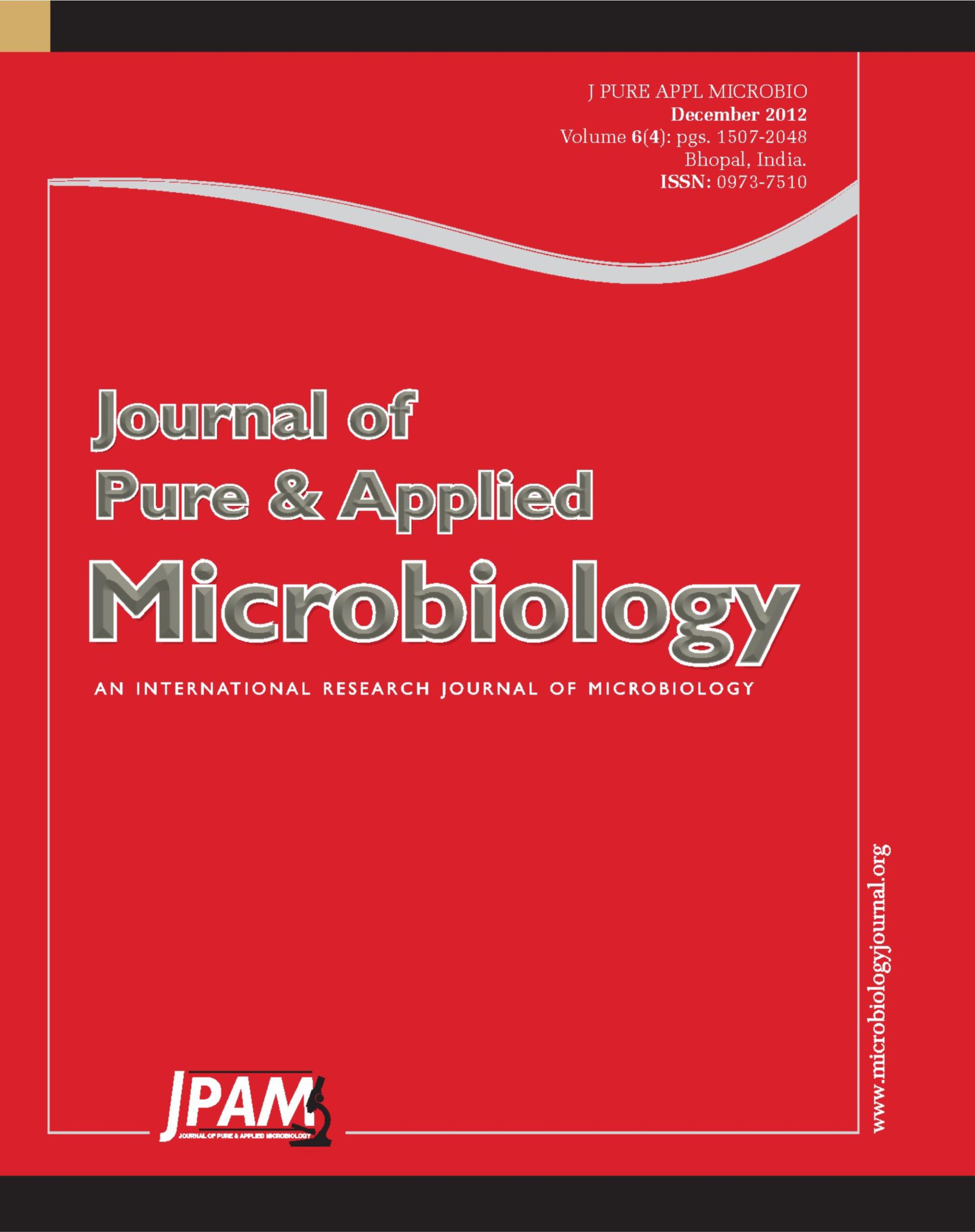The west Azerbaijan province is one of the most liable provinces for the investment of the aquaculture industry in the country. Warm-water fish susceptibility to various pathogens, especially parasitic infestation, can cause serious damages to aquaculture and finally the production efficiency is decreased. The study focuses on the identification of parasitic infestations in Cyprinus carpio in Naghadeh, which is one of the most important centers of fish farming in West Azerbaijan province. Considering the sampling technique, the fish samples were carefully transferred to the Parasitological laboratory of Islamic Azad University of Naghadeh and after registering the biometric and physical symptoms features, the parasitological experiment was instigated by taking samples from the surface and internal organs of fish and were evaluated. In this research a total of 300 fish samples were analyzed among which fish samples were infected with Ichthyophthirus multifflarfs with infestation frequency of 40%, 63 fish samples were infected with Dactylogyrus monogeneses parasite with the infestation frequency of 21% percent, 31 fish samples were infected with ocular parasites of Diplostomum spahtaceum with infestation frequency of 10.33%, 35 fish samples were infected with Lernea cyprinae parasites with the frequency of 11.66%, 11 fish samples were infected with Ligulla intestinalis parasites with a frequency of 3.66% and 6 samples were infected with Caryophyllaceous laticeps parasites with the frequency of 2%. The results showed that the highest isolated parasites prevalence happened in the warm months of the year. The obtained results and data were analyzed using two-way ANOVA, Excel, and SPSS computer programs.
Parasites, Cyprinus carpio, Godar River, Naghadeh, Iran
© The Author(s) 2012. Open Access. This article is distributed under the terms of the Creative Commons Attribution 4.0 International License which permits unrestricted use, sharing, distribution, and reproduction in any medium, provided you give appropriate credit to the original author(s) and the source, provide a link to the Creative Commons license, and indicate if changes were made.


